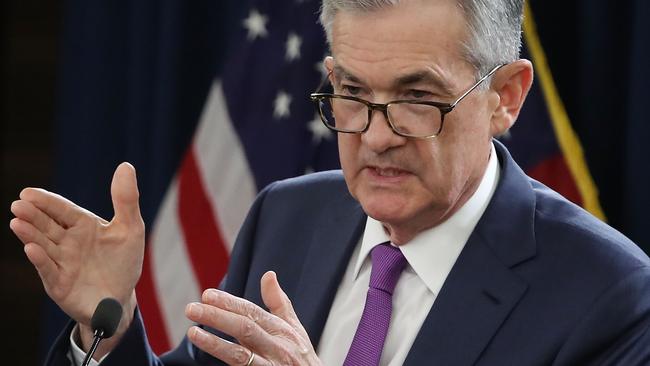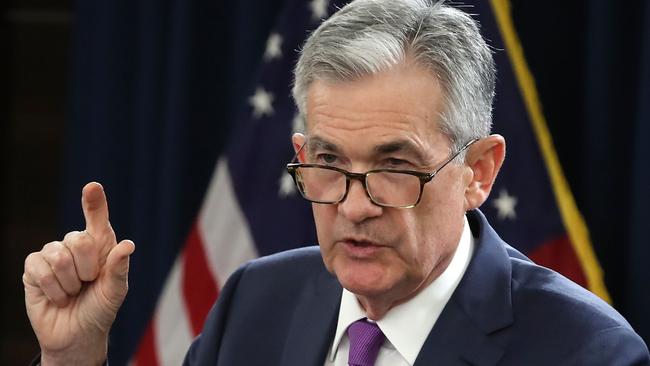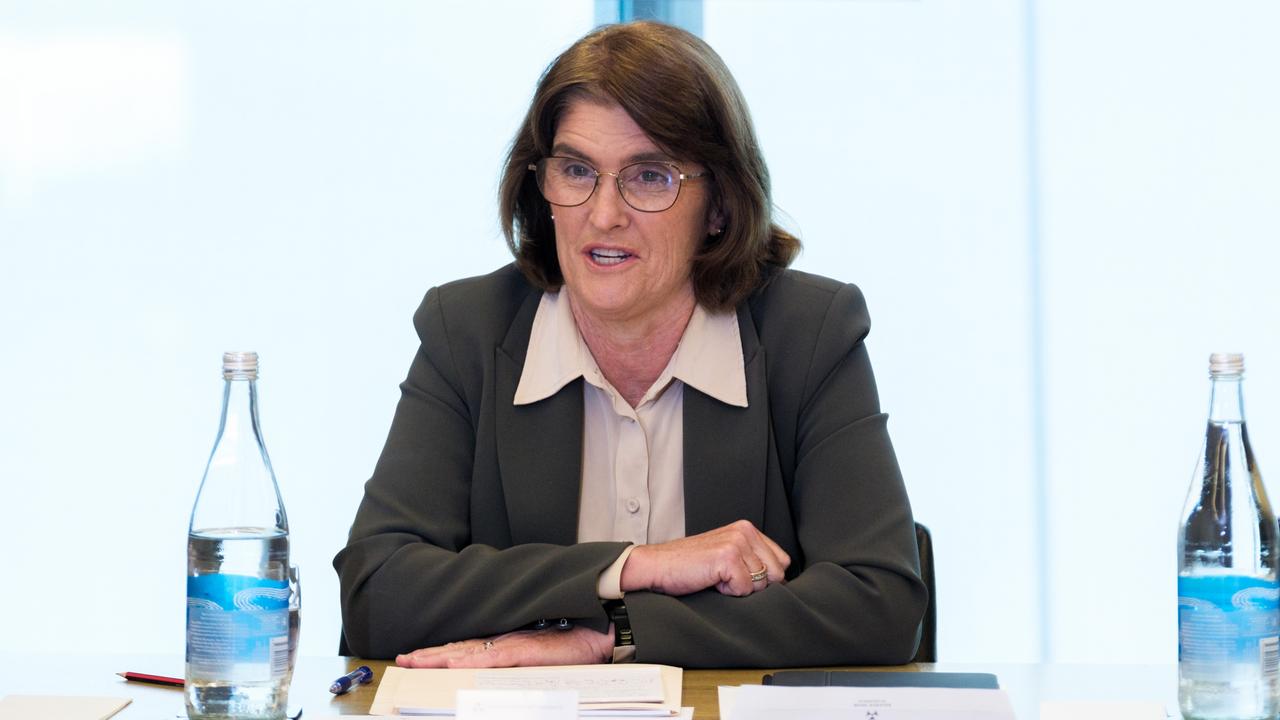US Fed lifts interest rates amid strong economy
The Fed raised rates and signalled it expects to lift them again this year and next to keep a strong economy on an even keel.

The US Federal Reserve said it would raise short-term interest rates by another quarter-percentage point, and officials signalled they expected to lift them again later this year and through 2019 to keep a strong economy on an even keel.
Officials voted unanimously on the increase, which will bring the benchmark federal-funds rate to a range between 2 per cent and 2.25 per cent. Most expected to raise rates one more time this year, according to new projections released after the meeting.
“Our economy is strong,” Fed Chairman Jerome Powell said in a news conference after the central bank announced its decision, adding that “the overall growth outlook remains favourable.”
The increase this week is the third this year and the eighth since the Fed began to lift rates in late 2015 after keeping them pinned close to zero after the 2008 financial crisis.
This morning’s decision marks the first time that the Fed has lifted its benchmark rate above 2 per cent since 2008.
It also is the first time in a decade the fed-funds rate will rise above inflation, measured by the Fed’s preferred gauge, excluding volatile energy and food categories. So-called core prices rose 2 per cent in July.
The Fed over the past year has raised rates over the past year while also gradually reducing its $US4.2 trillion portfolio of bonds and other assets.
The big question now is how much higher officials think they need to raise rates to keep the economy from overheating. The Fed targets a 2 per cent inflation rate, which it sees as a sign of healthy demand. It wants to avoid economic growth that becomes unsustainable, leading to a boom and then bust.
Most Fed officials expect the Fed would need to raise rates at least three more times next year and once more in 2020. Most officials see the Fed refraining from additional rate increases after that, leaving rates in a range between 3.25 per cent and 3.5 per cent by the end of 2020 and through 2021, though Mr Powell provided the usual cautions that the path could change depending on the economy’s performance.
The Fed’s actions should ripple through the economy by steadily raising borrowing costs for businesses and consumers. Rising mortgage rates, for example, appear to have contributed to slowing down sales this year. Higher borrowing costs steal pricing power from sellers, who have benefited from rising prices in recent years.
Fed officials removed a phrase from their postmeeting statement that for years had described their rate stance as “accommodative,” meaning they were pressing on the gas pedal to help stimulate growth.
Dropping the language now doesn’t necessarily signal that officials believe rates are no longer low enough to stimulate growth. Instead, the change reflects how officials, including Mr Powell, want to move away from providing overly precise estimates of where such a neutral setting stands given the inherent uncertainty in such measures.
“These rates remain low,” Mr Powell said. “This gradual return to normal is helping to sustain this strong economy for the longer-run benefit of all Americans.”

The Fed adopted such forward guidance after the financial crisis to convince markets it would hold rates very low even as the economy recovered. Removing it now reflects how the central bank is moving into a new phase of policy setting that could be more uncertain.
The Fed made no other changes to its statement, and it has significantly curtailed various references to the future stance of monetary policy.
Twelve of 16 Fed officials now expect the Fed will raise rates a total of four times this year, up from eight of 15 officials in June and just four of 16 last December.
The new interest-rate projections through 2021 shows most Fed officials believe they will need to raise short-term rates slightly beyond the level they expect is likely to prevail when supply and demand are perfectly balanced. Two thirds of officials expect that longer-run rate sits around 2.75 per cent or 3 per cent.
Fed officials have upgraded their economic outlook over the past year, first because of a synchronised upturn in global growth beginning in the summer of 2017 -- and later after Congress approved stimulus in the form of tax cuts and increased federal spending.
Officials made few changes to their economic projections in September. The median projection now sees gross domestic product rising 3.1 per cent this year, up from 2.8 per cent in June and 2.7 per cent in March. Officials continued to estimate the economy’s long-run growth rate sits at 1.8 per cent per year and that growth will return to that pace by 2021.
Officials nudged up their unemployment forecast. They expect the jobless rate will end the year at 3.7 per cent, versus a projection of 3.6 per cent in June. That is still below all officials’ estimates of the level of unemployment they expect to prevail over the long run. Estimates of this so-called natural rate of unemployment range from 4 per cent to 4.6 per cent.
Their inflation projections were virtually unchanged. All officials see inflation holding between 2 per cent and 2.3 per cent over the coming years after several years in which the Fed struggled to reach the target.
Just how much more the Fed continues to raise rates will depend largely on whether inflation behaves as they expect it to.
One camp of officials says so long as unemployment keeps falling farther below the level that they project is consistent with stable prices, the Fed will need to raise rates to prevent the economy from overheating. This is an uncontroversial strategy because it is what the central bank always does at this point in an expansion.
Another camp argues for a relatively radical departure from this norm. These officials say if inflation doesn’t appear to be accelerating beyond 2 per cent, the Fed could stop raising rates after reaching a “neutral” setting designed to neither spur nor slow growth.
Mr Powell hasn’t revealed his preference, but in an August speech he sounded sympathetic to treating the traditional models more sceptically than some of his colleagues or staff.
Given the strength of the US economy, turbulence abroad represents perhaps the biggest risk to the Fed’s plans. In 2015 and 2016, officials held back planned rate increases due to upheaval in global markets, mostly emanating from China.
The Fed could be forced to reconsider its plans if something similar occurs, for example, if a stronger dollar triggers upheaval in emerging markets, which in turns spills into China amid rising trade tensions with the US.
Dow Jones Newswires




